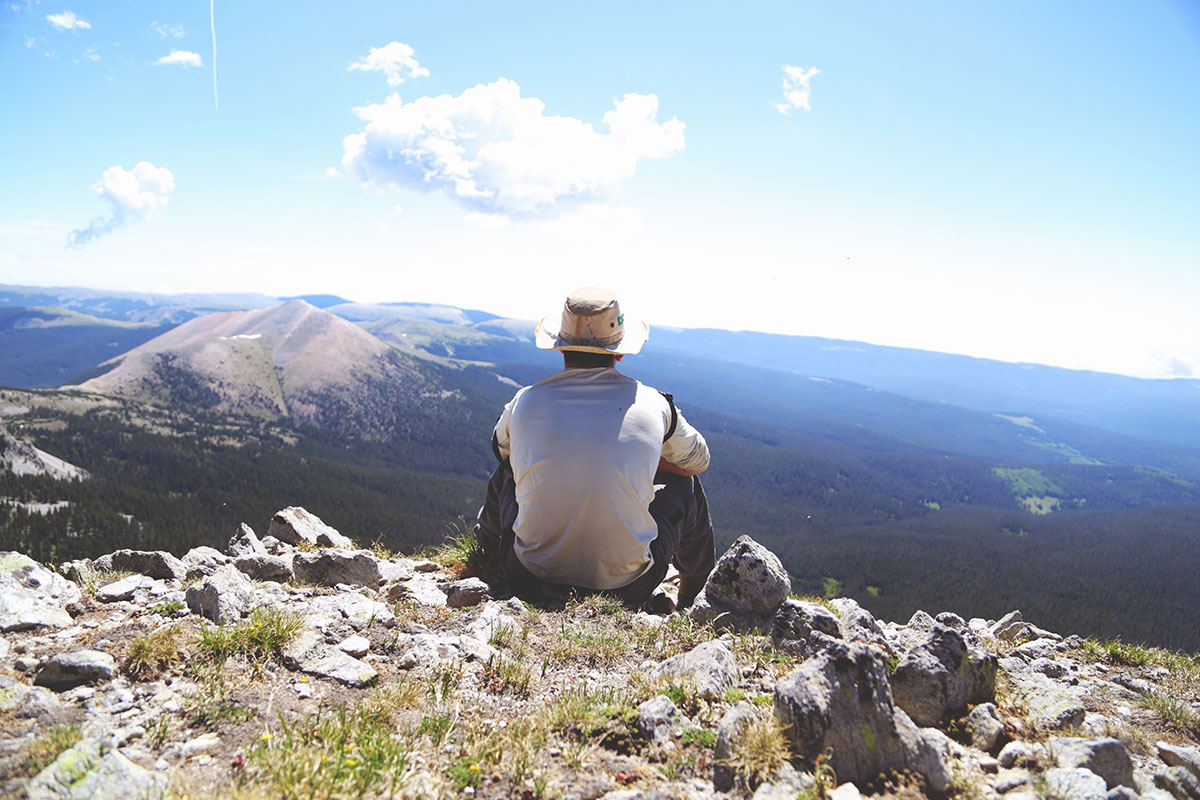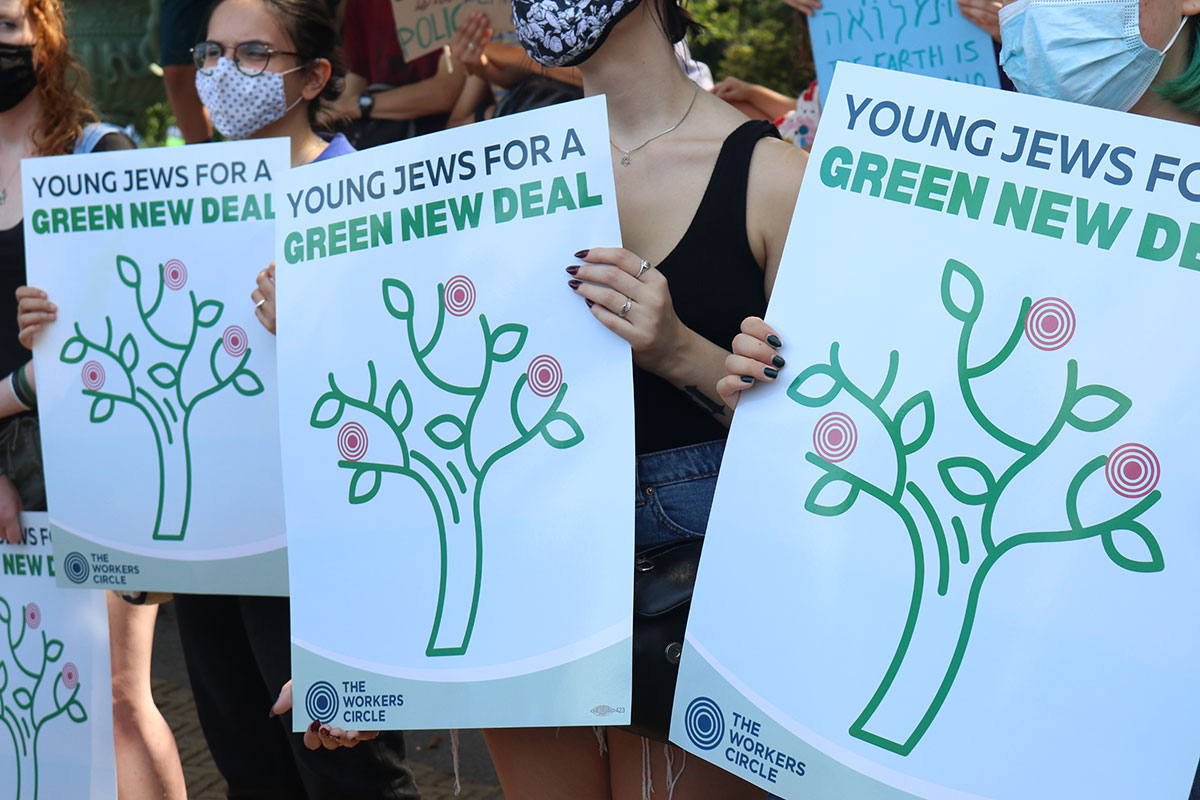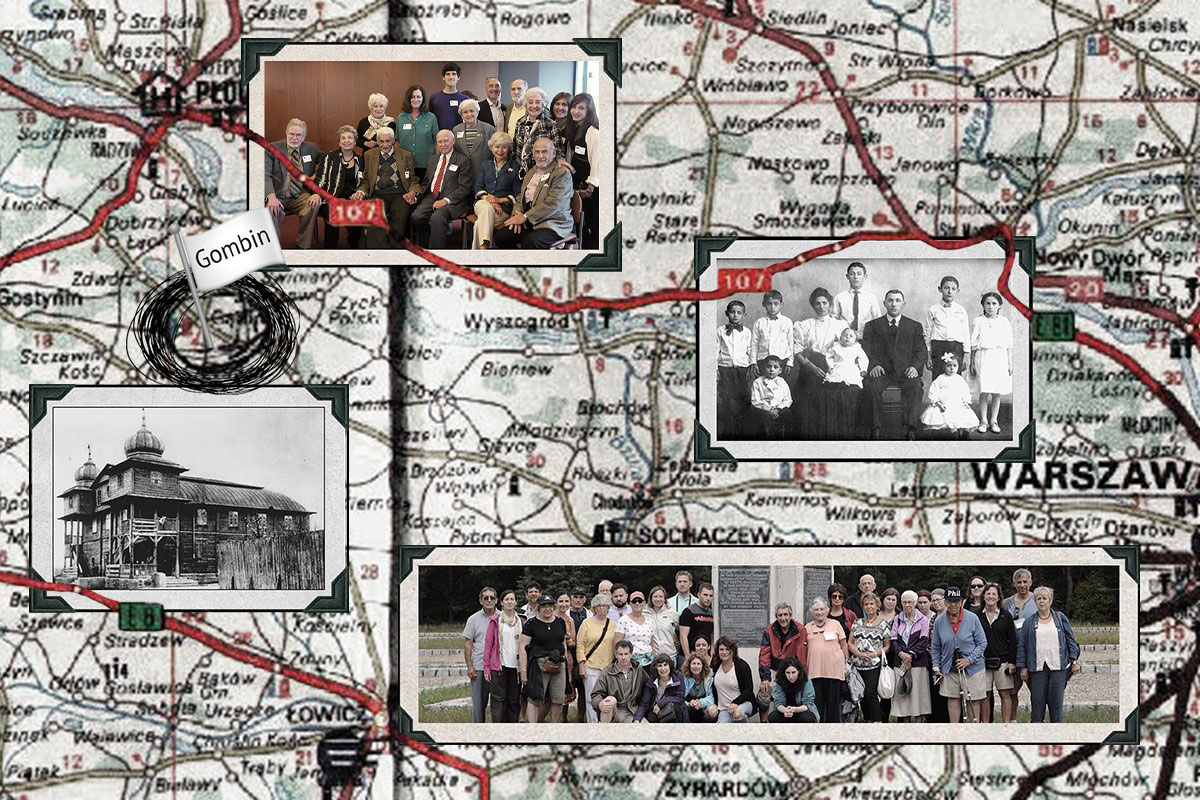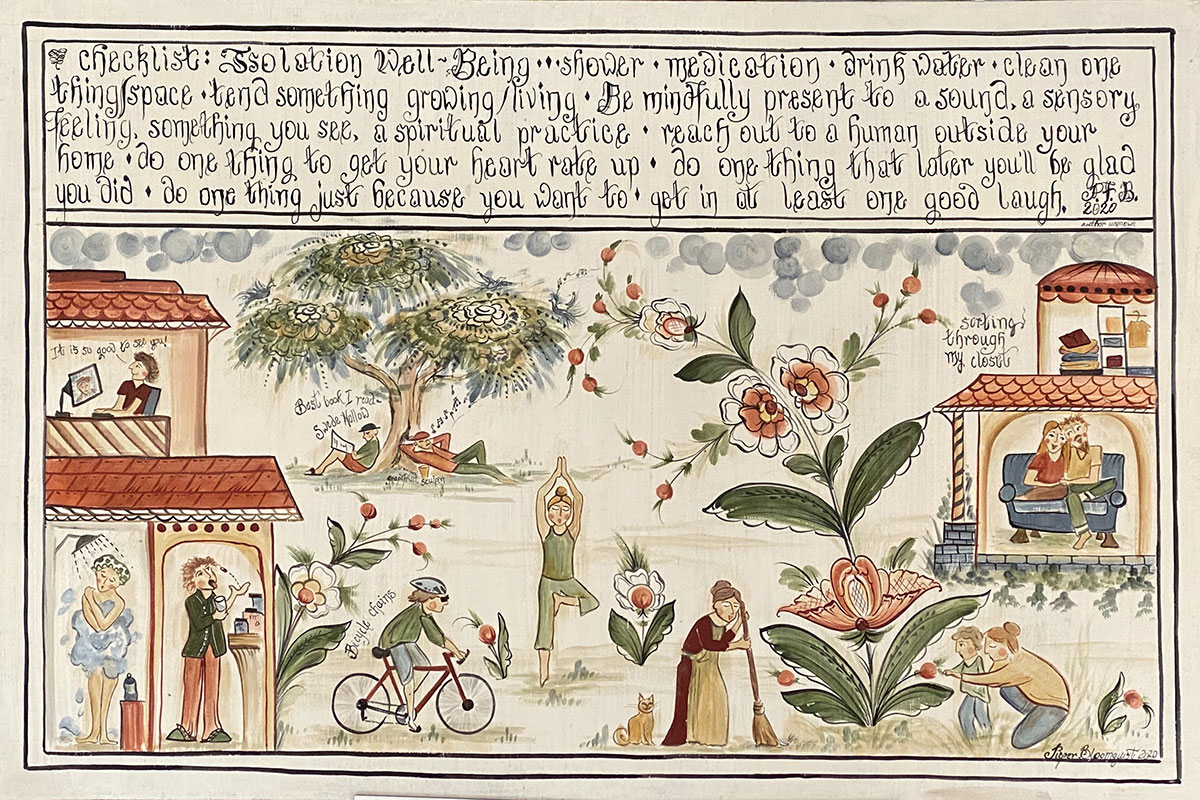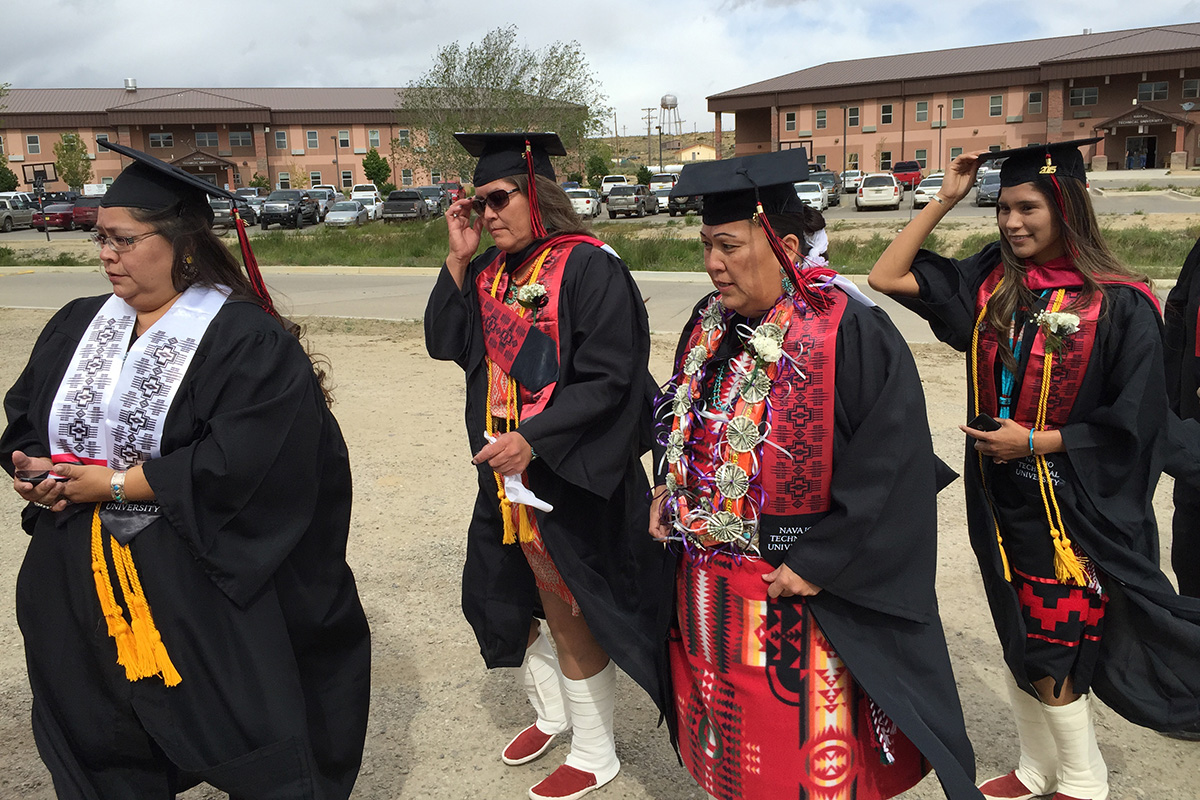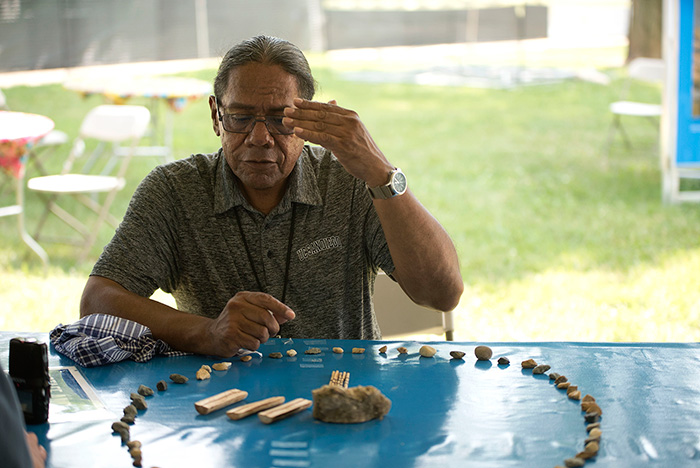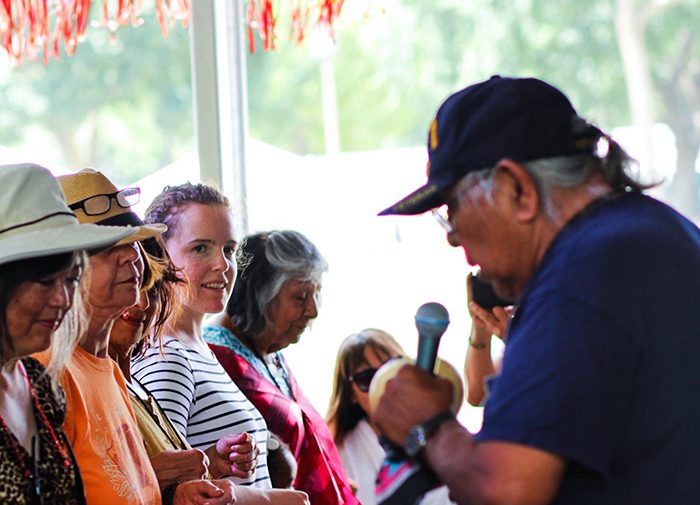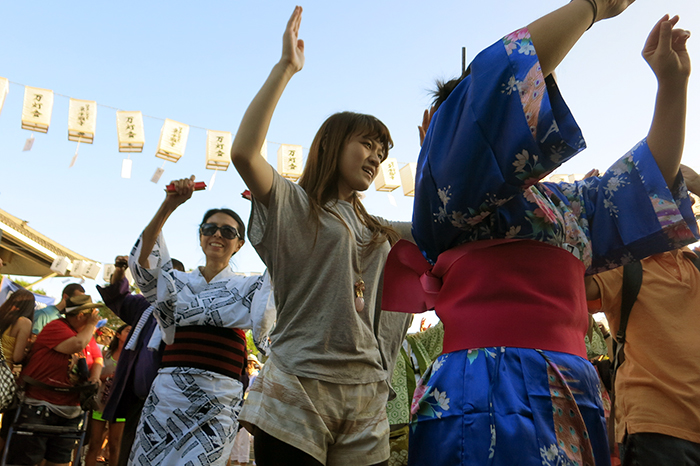Creative expression often occurs at the borders of religious traditions, requiring deep contemplation of one’s own traditions along with rigorous engagement with the “other,” who may be a colleague, neighbor, student, or even partner or spouse. The responses of living religions to encounters with diverse others contribute to the built environment of the United States and to the process of placemaking—the collaborative ways that people shape public and private spaces to promote their values and the common good.
Creative placemaking can also be preceded by migrations, both chosen and forced: young people leaving home for college, diasporic communities creating worship spaces in a new context, and Indigenous communities fighting for protection of consecrated environments. Placemaking can be vital to strengthening communities and fostering sustained reflection on shared meaning and values.
We examined the role of religion in public spaces where groups traverse geographic, institutional, and cultural boundaries to create the United States’ complex religious diversity. Together we explored how these creative religious communities transform the National Mall and other public spaces, enlivening the national dialogue about peacefully sharing space in a diverse world.








